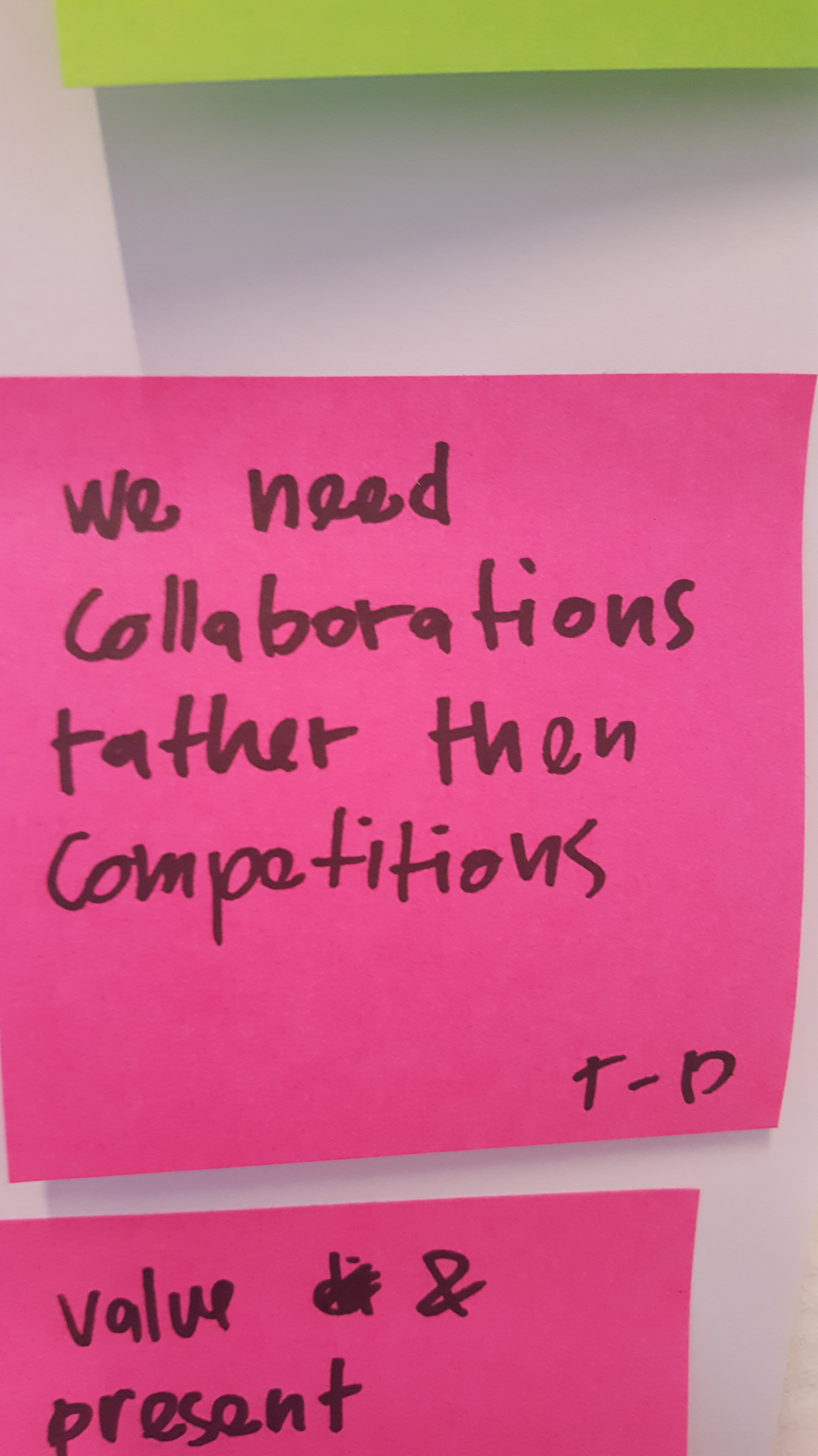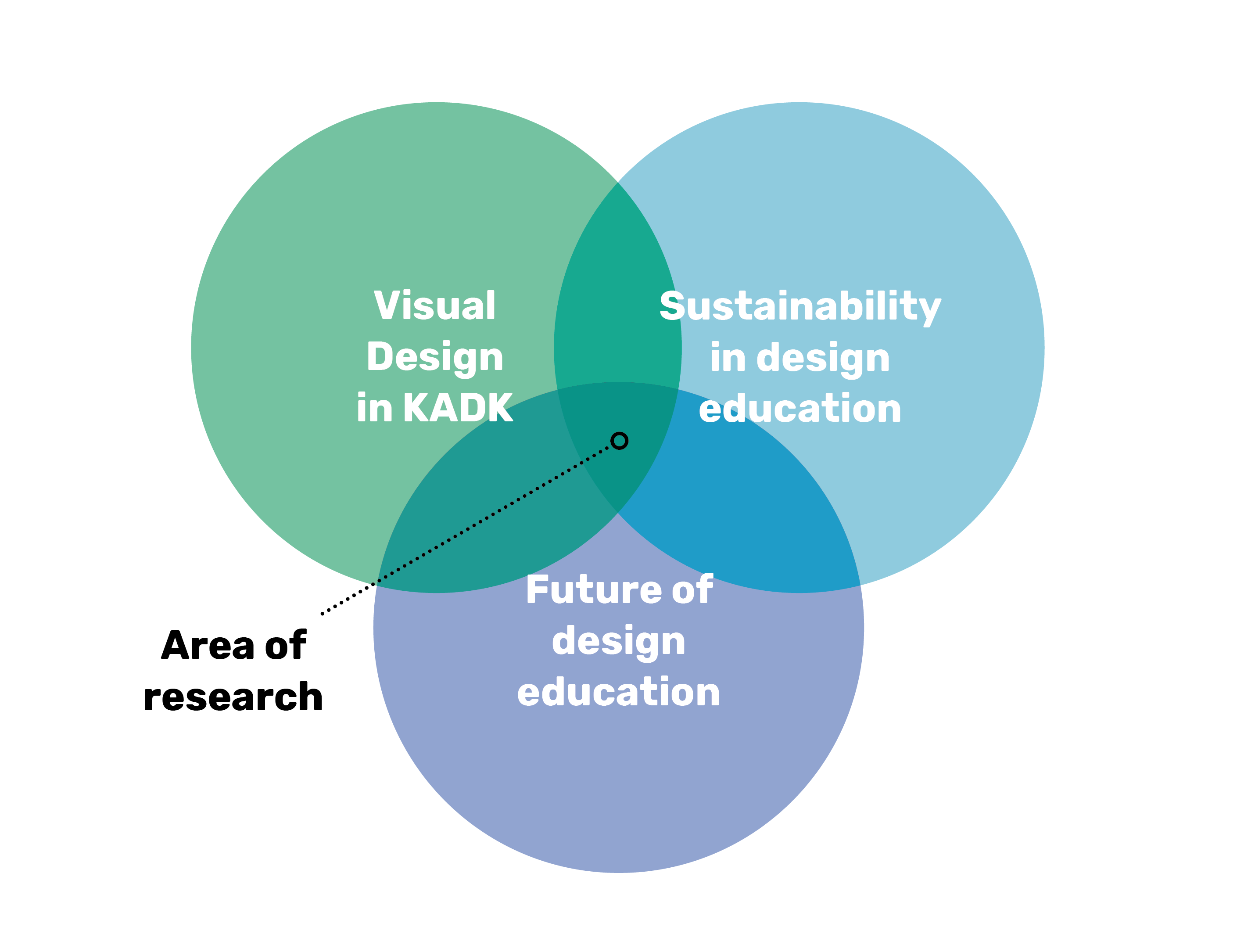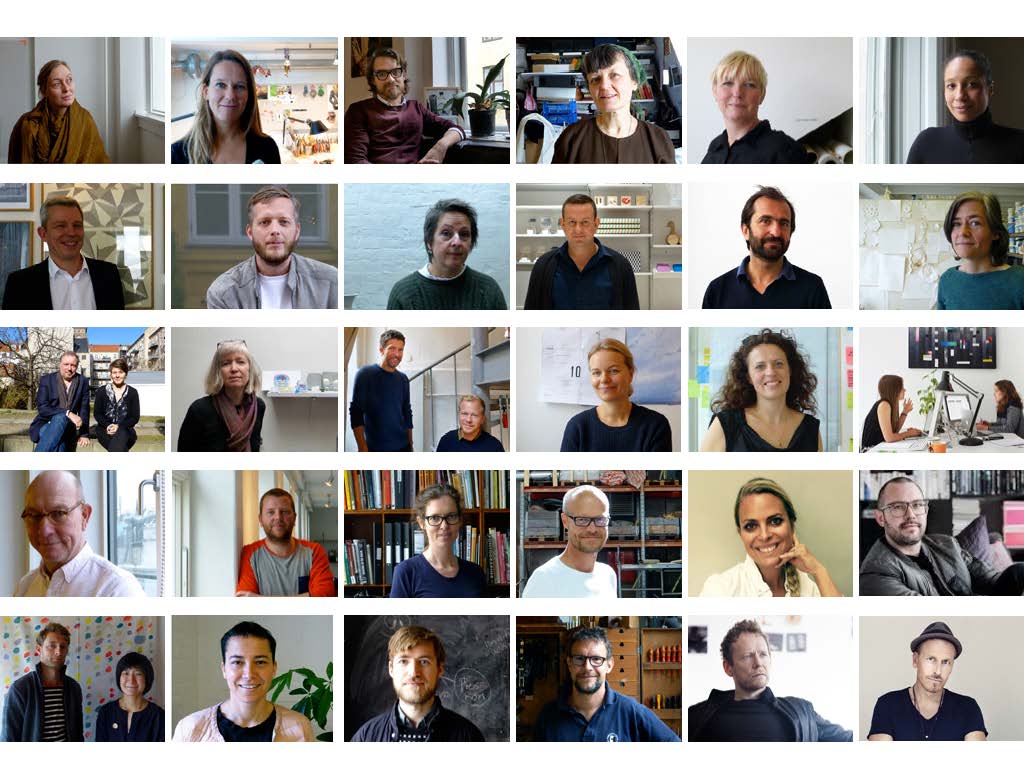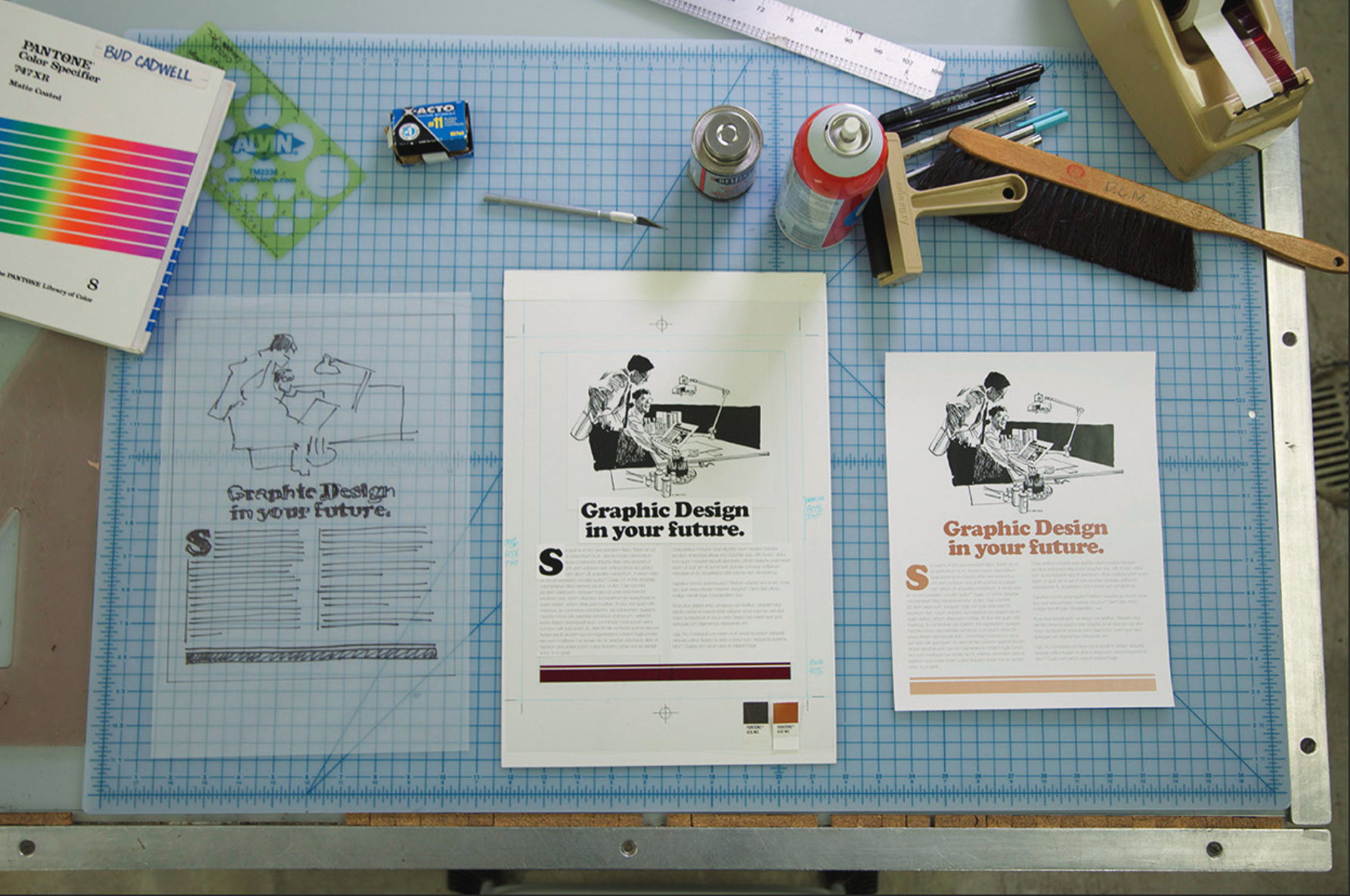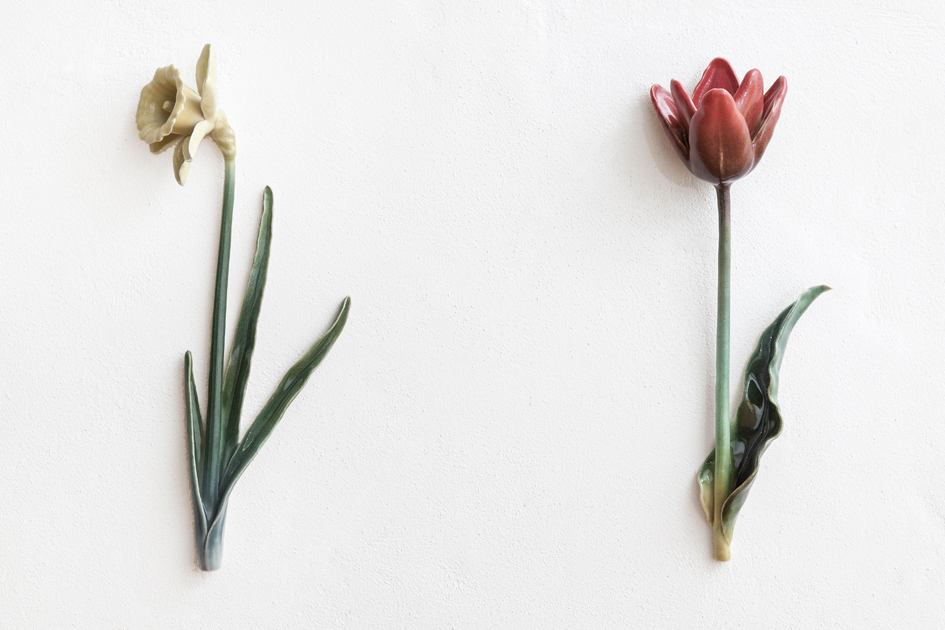I once talked to a lead designer in a big firm. He told me about a project his agency was doing for an insurance company; “We interviewed a lot of people that had something to do with people that had a car accident: medical staff, insurance clarks, mechanics. By connecting all the dots we have learned that everybody shares the same wish after an accident: to get back to normal”.
Would it also be the case when the Covid 19 crisis will come to an end? Or perhaps we will use this crisis as an opportunity to change some of our automatic assumptions and behaviour in order to slow down climate change? Would the 'new normal' will be equal to the 'old normal'? It’s rather easy to be cynical about another possible future, but looking at the situation through these two perspectives, provides some optimism:
John Thackara uses a storytelling perspective. He suggests that we are destroying our own home (the planet) because we are not connected to the consequences of our actions (what he calls ‘the metabolic rift’). In order to bridge this gap, writes Thackara, we needs a story that re-connects the economy, us, our bodies and our life with the world around us rather than acting as they are separate places. Needless to say that the Covid 19 pandemic provides exactly this understanding, not only as a cognitive story, but rather as an intimate and personal experience. Therefore it can catalyse a new emerging story.
Naomi Klein suggests an economic perspective. According to her research, a shocking event and crises could lead into two main paths: Due to the public disorientation It can suspend democracy (as we see now days in Israel) and push towards a radical free market policies, or it could catalyse a positive change such as the American ’The new deal’ after ‘The Great depression’ in the 30’s.
Klein quotes the economist Milton Friedman who says “Only a crisis – actual or perceived – produces real change. When that crisis occurs, the actions that are taken depend on the ideas that are laying around". The same ideas that seemed to be too radical just few days ago, suddenly becomes possible. Klein is hoping for a ‘Green new deal’ which will boost the green industries rather then the polluting ones. “The future will be detainment by who ever is willing to fight harder for the ideas they had been laying around”, she says.






